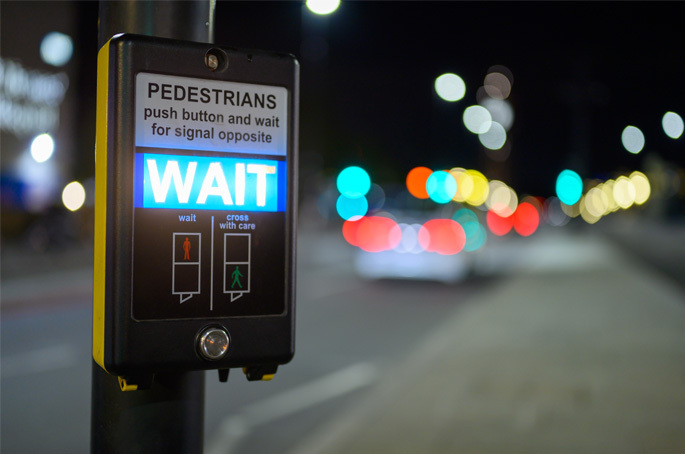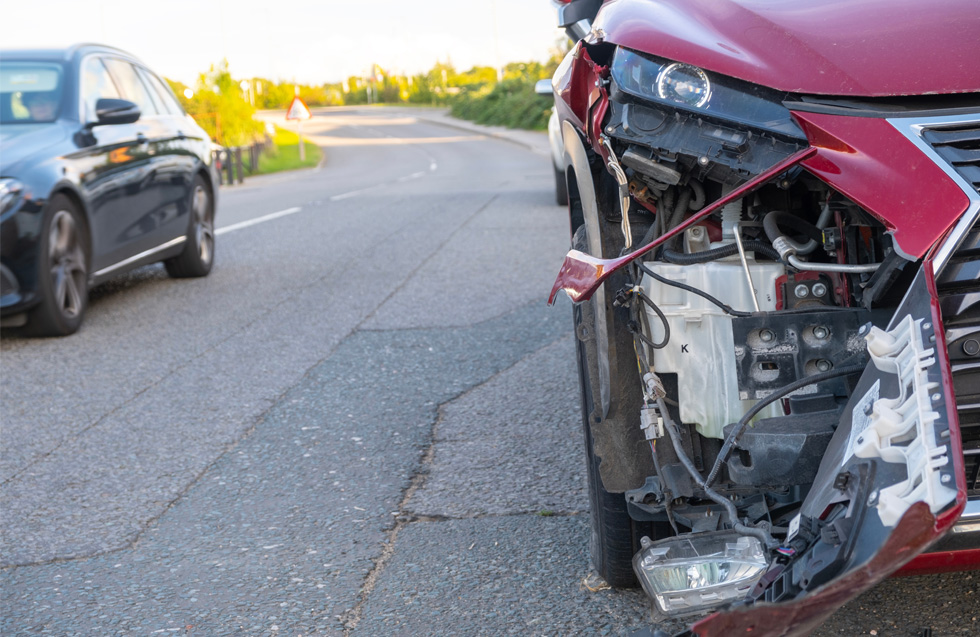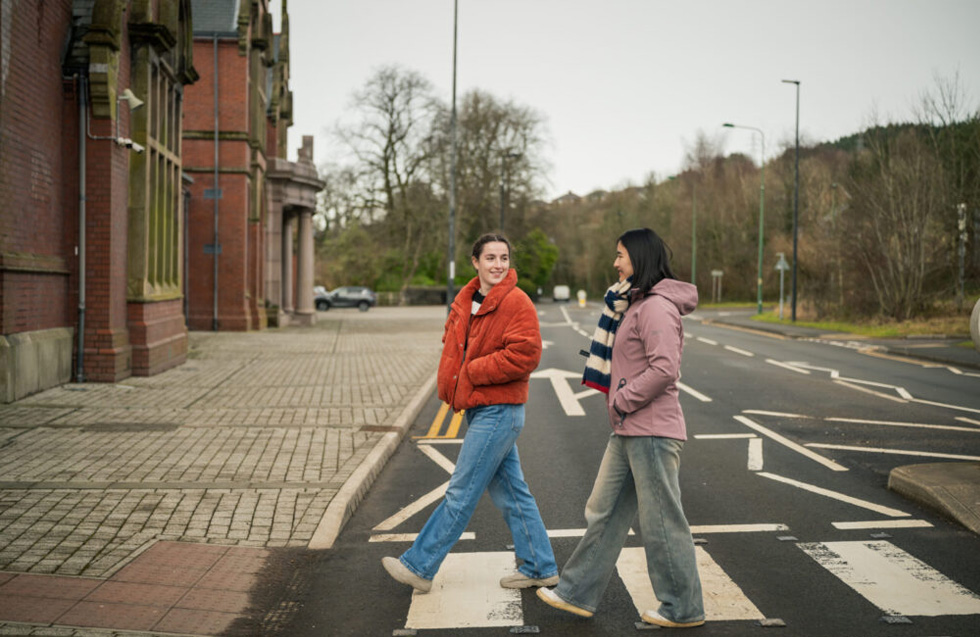Researchers at Coventry University have investigated how pedestrians interact with automated vehicles (AVs), saying that understanding these interactions is key to ‘preventing accidents and saving lives'.
The new study involving 281 participants and conducted by Coventry researchers in partnership with Deakin University in Australia, found that pedestrians were more likely to cross when AVs were travelling uphill, during sunnier days and when smaller vehicles were further away.
According to the research team, this suggests that AVs should be trained to drive more cautiously when presented with ‘riskier scenarios' and also signal safely earlier when slowing down.
The team also examined how different personalities responded to AVs; the participants were divided into three behavioural profiles – risk-averse, resolute and indecisive – which the researchers hope will allow AV developers to ‘tailor vehicle algorithms' to match different personality types and make the vehicles safer.
For future plans, the team aim to use virtual reality alongside their findings to ‘deepen understanding of pedestrian decision-making' via the use of eye-tracking and behavioural data.
Study lead Sachita Shahi, postgraduate researcher at Coventry University and Deakin University, said: ‘By identifying the conditions that make pedestrians feel safer, we can inform AV design to better support safe and predictable road interactions.'
Dr William Payre, assistant professor at the Research Centre for Future Transport and Cities, added: ‘Regardless of how advanced AV technology becomes, people still rely on their lived experiences as pedestrians. It's not just about the technology - it's about how people interpret risk based on what they know.
‘When the road was steep, they were more cautious. It wasn't about the AV; it was about their own experience. The sensors and the vehicle try to interpret how a pedestrian is behaving to adapt how the vehicle drives. We're trying to give a human flavour to the data, not just numbers, to help AVs think like humans and understand human behaviour.'
Ms Shahi also said: ‘Next we want to see not just when people cross, but what they look at and what factors they consider most important. This will give us a much deeper insight into how people interact with AVs. The aim of all of this work is to make the roads of the future safer for everyone.'
More information about the study can be found here.

























